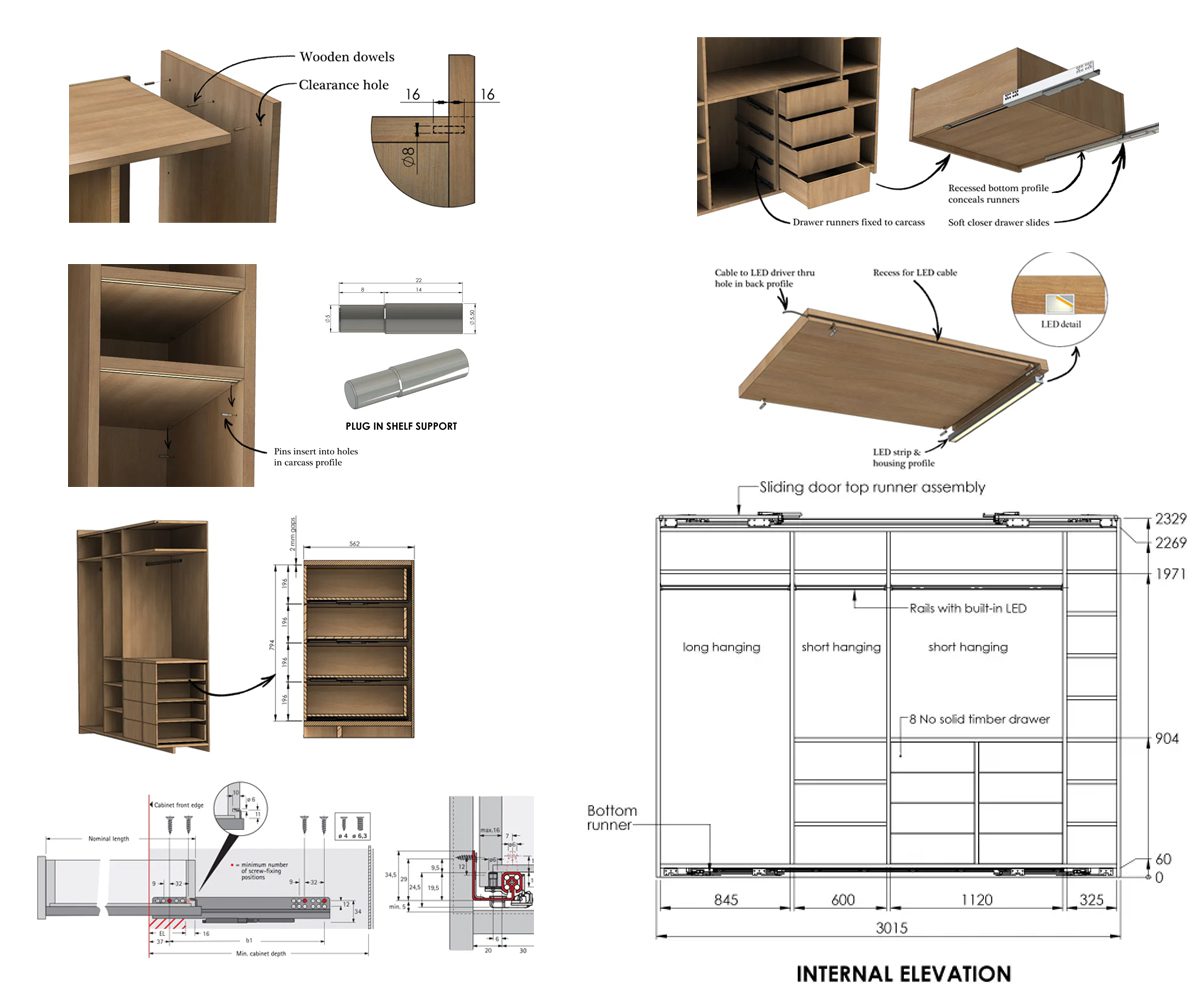The purpose of assembly instructions is to provide clear, detailed, and easy-to-follow guidance to customers for assembling a product correctly and safely. The 2D assembly instructions serve as a critical guide for customers to understand how to put together the product and to ensure that it functions properly.
The assembly instructions have several important purposes, including:
Ensuring safe and proper assembly of the product:
The instructions should include clear and detailed steps for assembling the product to avoid potential damage to the product or injury to the customer during assembly or use.
Providing clear and detailed instructions for the customer:
The instructions should be easy to understand and follow to ensure that customers can assemble the product correctly.
Avoiding potential damage to the product or injury to the customer:
By providing clear instructions, the chances of a customer assembling the product incorrectly and damaging it or causing harm to themselves or others are significantly reduced.
Increasing customer satisfaction and confidence in the product:
When customers are able to assemble the product successfully, they are more likely to be satisfied with the product and feel confident in their purchase.
Encouraging repeat business and positive reviews:
When customers are satisfied with the product and the assembly process, they are more likely to become repeat customers and leave positive reviews or recommendations for others to purchase the product.
Overall, the purpose of assembly instructions is to ensure that customers are able to assemble the product safely, correctly, and with confidence, which can lead to increased satisfaction and loyalty towards the product and the company.

There are several advantages of 2D assembly instructions for furniture manufacturers, including:
Clarity and Simplicity:
2D product assembly instructions provide a clear and simple visual representation of the assembly process. This makes it easier for the manufacturer to communicate the necessary steps to the customer, reducing confusion and frustration during assembly.
Consistency:
By using standardized 2D assembly instructions, manufacturers can ensure that every customer receives the same set of instructions. This can help to minimize errors and reduce the number of customer support calls related to assembly issues.
Cost-Effective:
2D assembly instructions can be produced at a lower cost than 3D models or videos. This can be particularly important for smaller furniture manufacturers who may not have the resources to invest in more complex assembly instructions.
Accessibility:
2D assembly instructions can be easily printed or viewed online, making them accessible to customers in a variety of formats. This can be particularly important for customers who may not have access to the internet or who prefer to have a physical copy of the instructions.
Translation:
2D assembly instructions can be easily translated into different languages, making them accessible to a wider range of customers. This can be particularly important for global furniture manufacturers who need to communicate assembly instructions to customers in different countries.
In conclusion, 2D assembly instructions offer several advantages to furniture manufacturers. They provide clarity and simplicity, consistency, and are cost-effective to produce. They are also accessible to customers in a variety of formats and can be easily translated into different languages, making them an excellent option for global furniture manufacturers. By using 2D assembly instructions, manufacturers can improve the customer experience and reduce the number of assembly-related issues and support calls.




